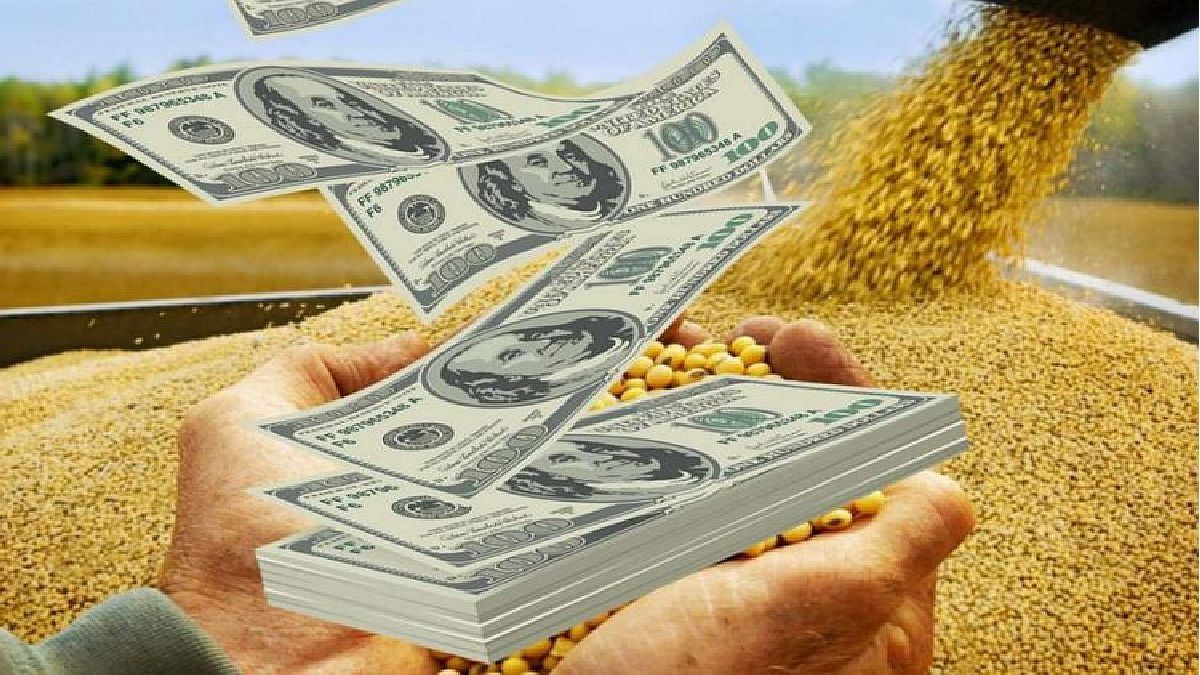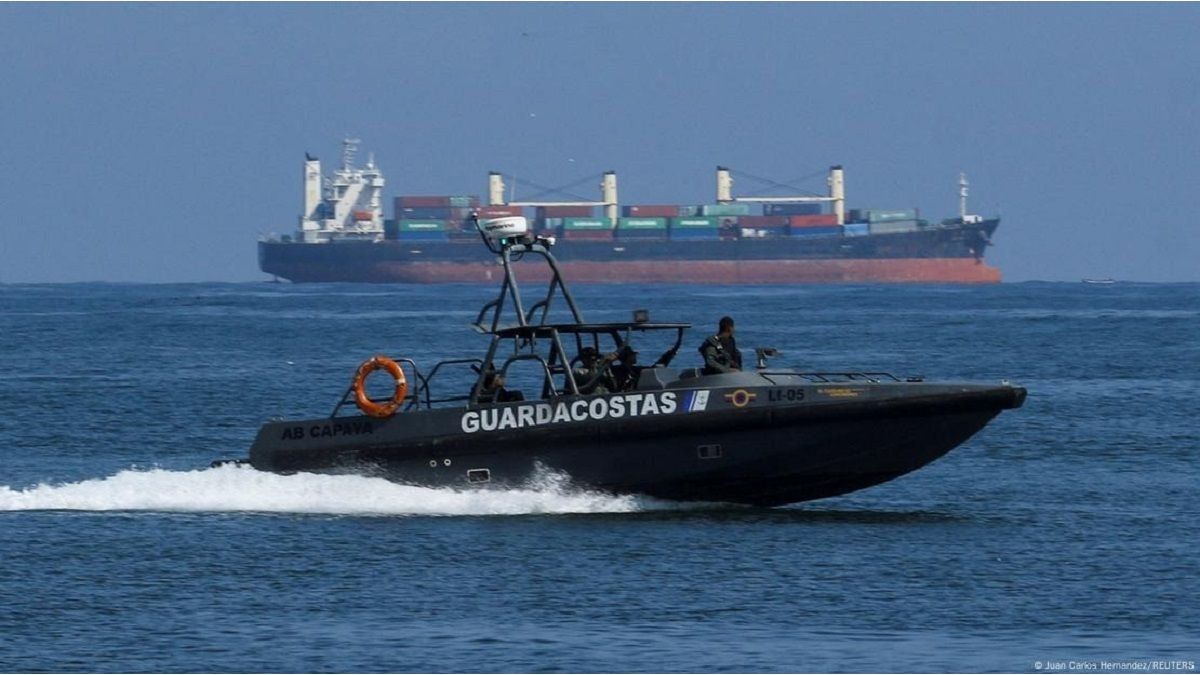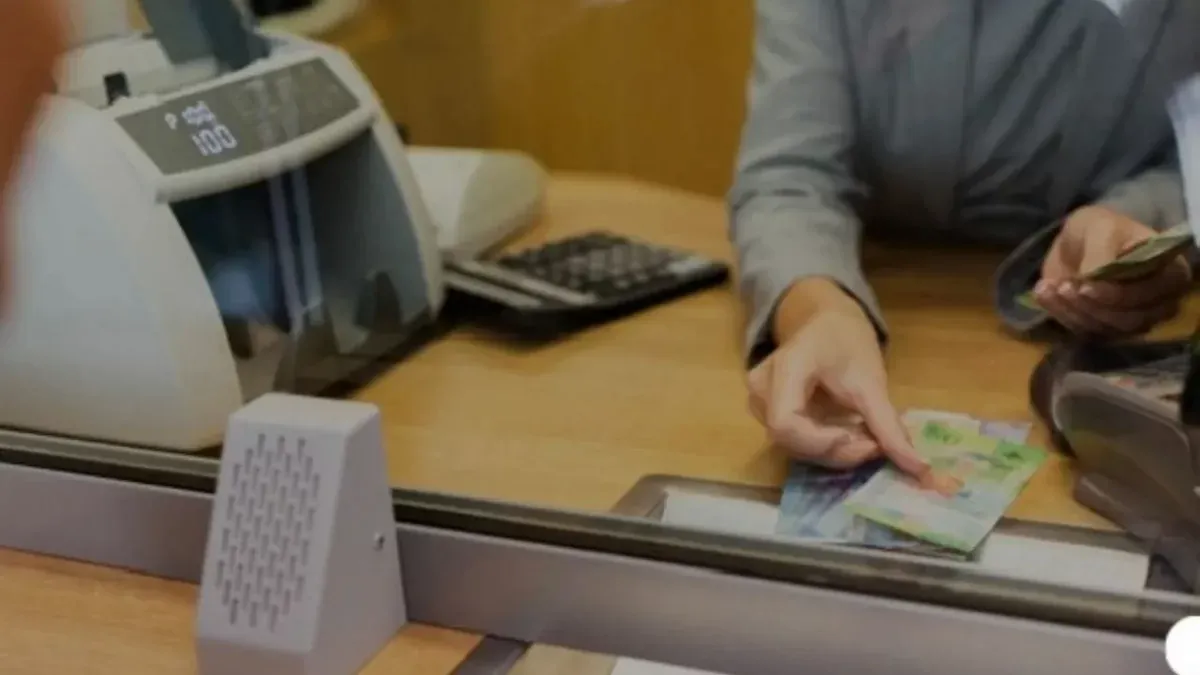The 2024/2025 agricultural campaign will be remembered as the turning point in the way the Argentine producer accesses financing. According to the first “Nera Report “prepared by the digital financing platform for agro, 65% of the total financing granted during the campaign was taken in dollars. But the most shocking fact is that, in the first half of 2025, that proportion climbed to 80%, reflecting a change in sustained behavior in time.
This turn responds to a combination of factors. On the one hand, greater macroeconomic stability allowed to recover predictability. On the other, the consolidation of technological tools facilitated access to more attractive credit conditions, especially in hard currency. Marcos Herbin, CEO of Nerahe said to Scope that “In the first semester of 2025 we registered 140% more transactions with respect to the same previous period. This reflects the importance of financial innovation so that the producer has the appropriate product at the right time.”
Since its creation in 2023, Nera has already allowed more than 6,600 producers to access financing, with a placement that exceeds US $ 1.7 billion in credits. The platform offers lines of the main banking entities —Banco del Sol, Comafi, Galicia and Santander – and allows to operate online with more than 18.00 suppliers to acquire supplies, farm and agricultural implements.
One of the most outstanding data of the report is the Preference for long deadlines: 7 out of 10 producers choose credits with maturities of 12 months or more, with the objective of aligning the payment of financing with the harvest. This financial planning makes a notable difference compared to previous years and confirms greater professionalization in agricultural financial decision making.
But the phenomenon does not end there. Another central point of the report is the growing use of grains as a payment tool. Through the product “Future grain credit”, Nera digitized the process of assignment of Forward contracts as a guarantee to access loans. In the 2024/25 campaign, credits supported in more than 330,000 tons of grains, mainly soybeans and corn, the equivalent of 11,000 trucks set as collateral were originated.
Agro field withholdings
Depositphotos
The importance of a good financial strategy
The most relevant is that 80% of these contracts were with a price to set, a modality that allows the producer to improve their margins, since it is not obliged to sell the merchandise at the time of requesting the credit. This strategy gains weight in a context where the values of the commodities remain relatively low, and each penny of profitability counts.
“The producer not only demands more credit, but does it more sophisticated: in dollars, with grain support, and with medium term vision,” They stand out from the Nera team. And if it is taken into account that 75% of the investment in the main crops (soybeans, corn, wheat, sunflower, sorghum and barley) is financed with third -party capital, the role of credit in agriculture does not stop gaining relevance.
To dimension the magnitude of the system, an external reference is worth: according to a recent study of the producer and analyst Néstor Rouletthe Argentine agro projects an investment of US $ 24.6 billion for the 2025/26 campaign only in soybeans, corn and wheat. It is one of the highest figures in recent years, even without considering extraordinary fiscal benefits such as those of the Rigi. In his words, “The field will have invested US $50,000 million in the first two years of the Government of Javier Milei”which reaffirms the role of the sector as the main engine of currency generation and private investment in the country.
The report also puts the situation of the credit in Argentina in comparison compared to the region. According to World Bank data, internal credit to the private sector in the country barely exceeds 15%of GDP, well below neighboring countries such as Uruguay (31%), Paraguay (57%) or Brazil (75%). This gap reveals the potential that still exists to expand access to formal financial tools within the national agricultural ecosystem.
The publication of the Nera report not only seeks to give visibility to these changes, but also become a technical and accessible tool for journalists, analysts and agricultural actors, which allows more precision to understand how agricultural credit evolves. To do this, the report crosses data of the activity on the platform with official sources such as INDEC, SISA, BCRA and the Rosario Stock Exchange.
The present is marked by credit taking “Intelligent and scalable”. If the macroeconomic context accompanies and maintains the dynamics of investment and technological adoption, the dollar financing backed by real assets such as grain can become a key piece of the productive model.
Source: Ambito




